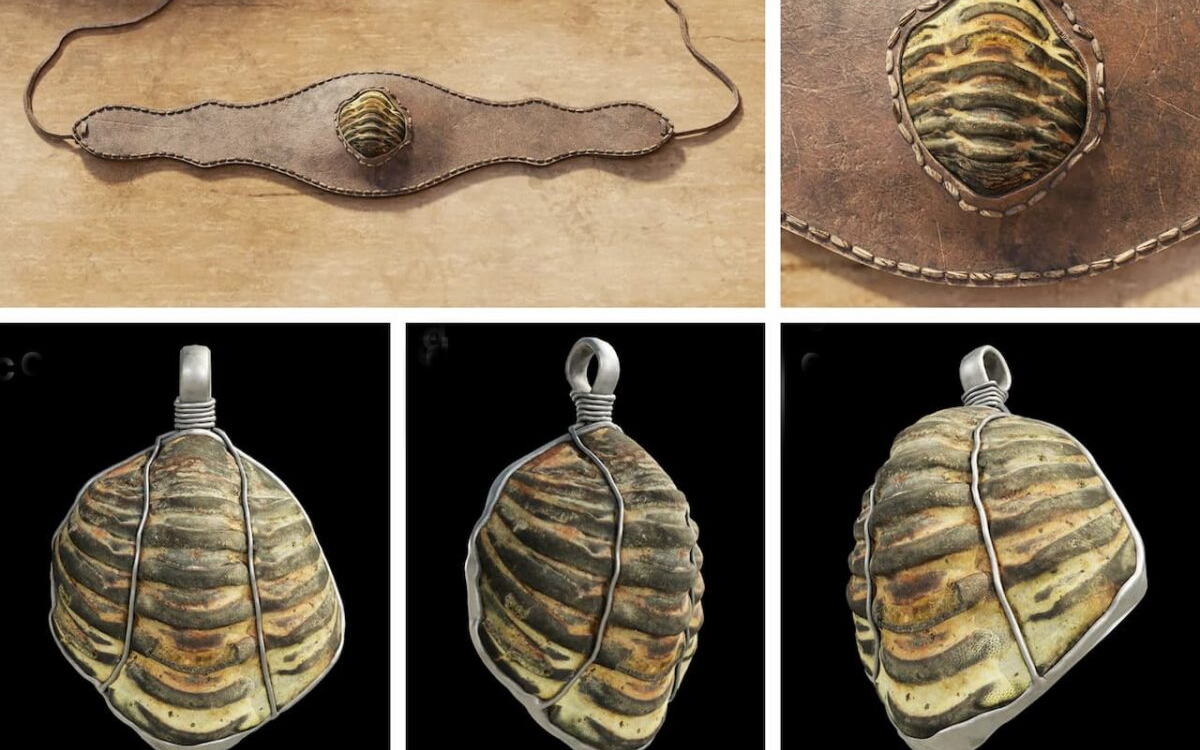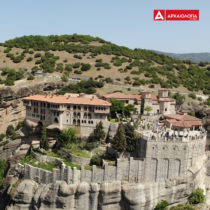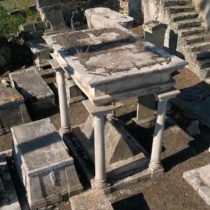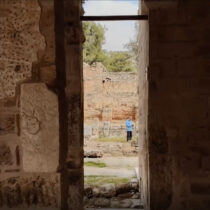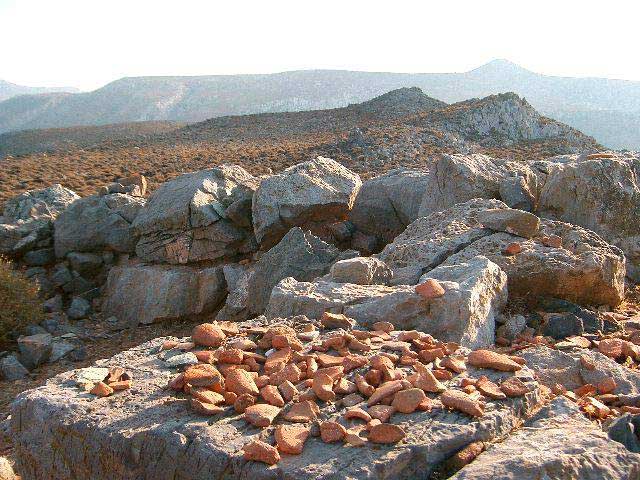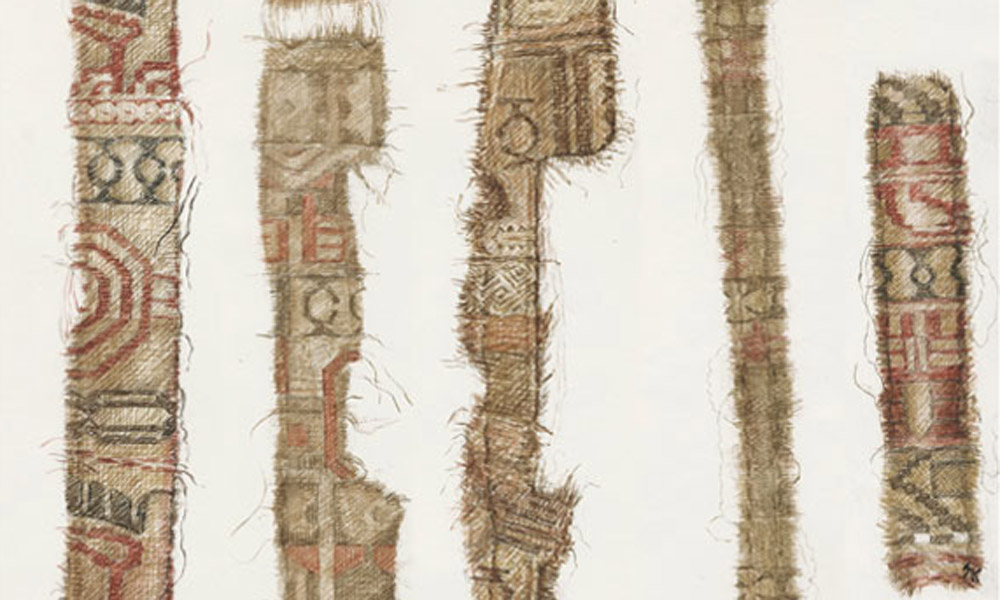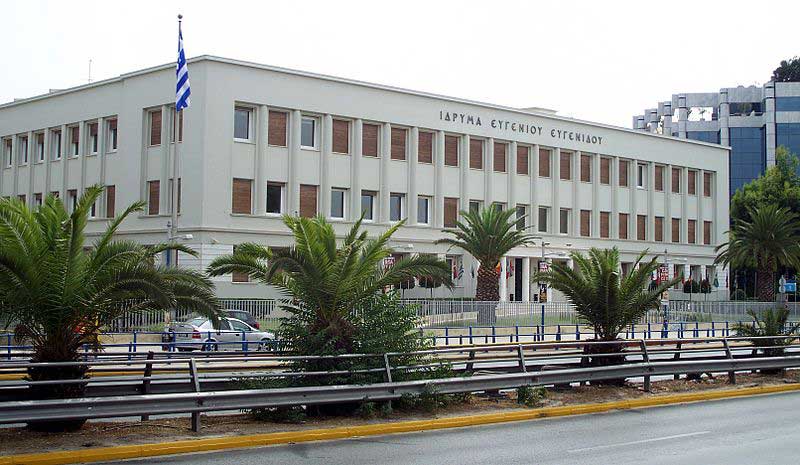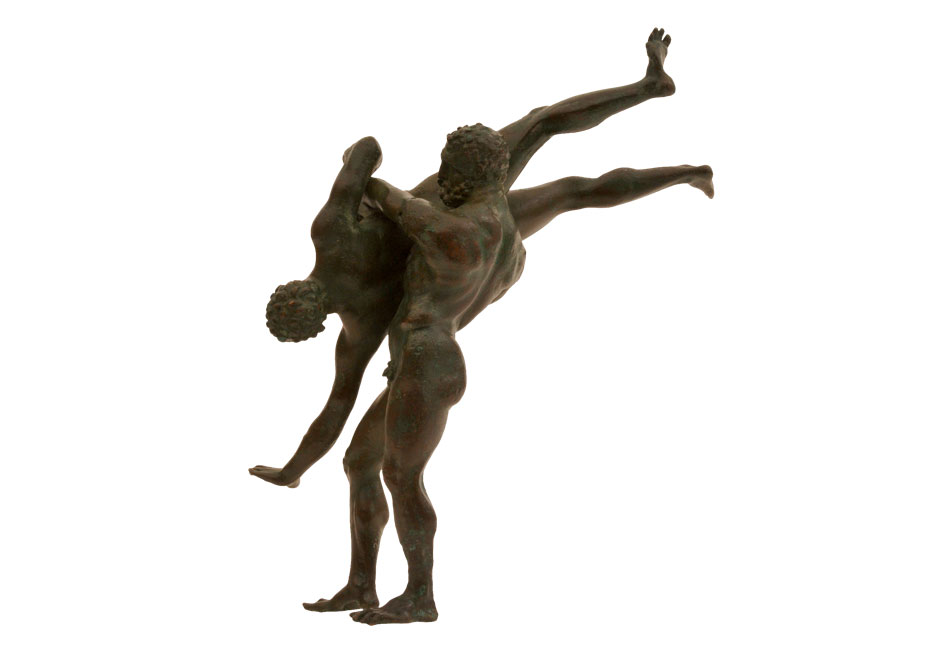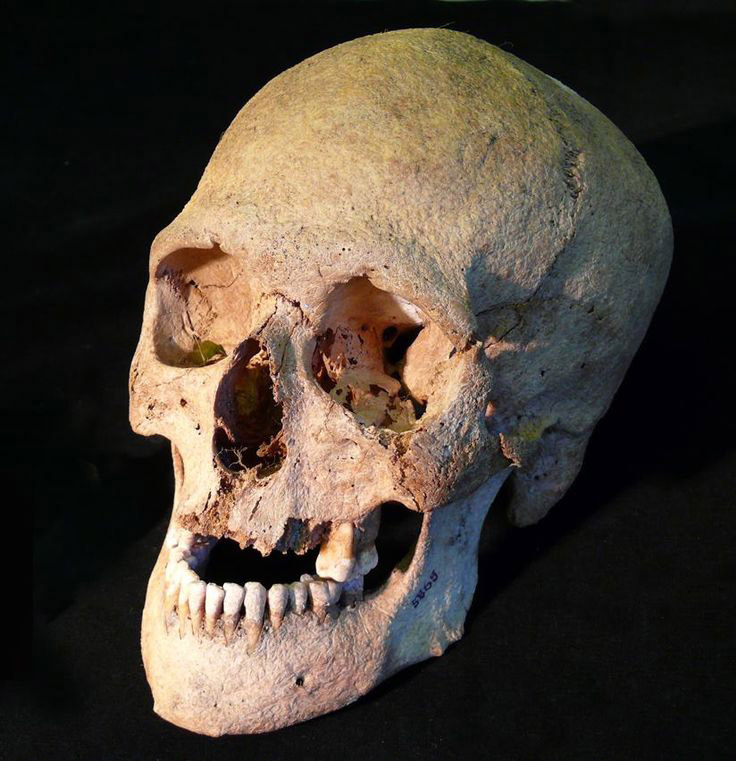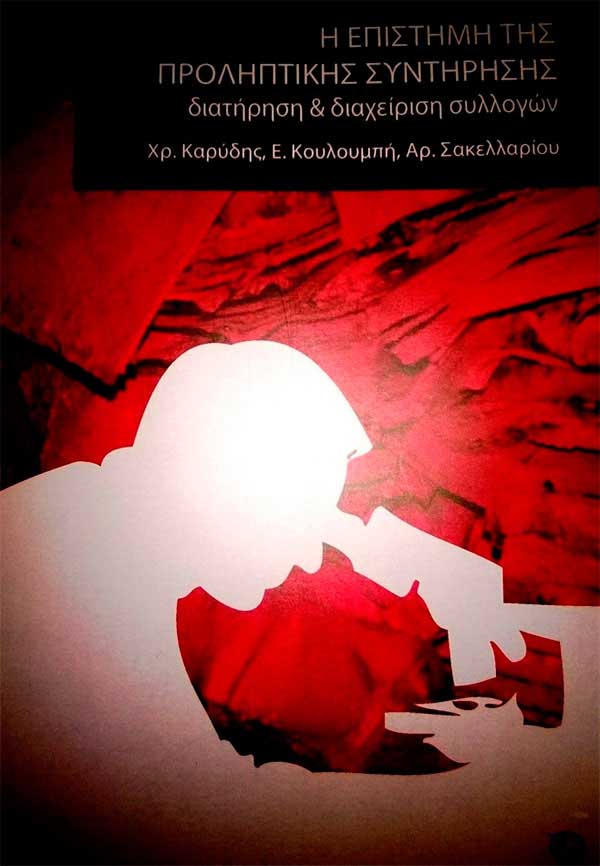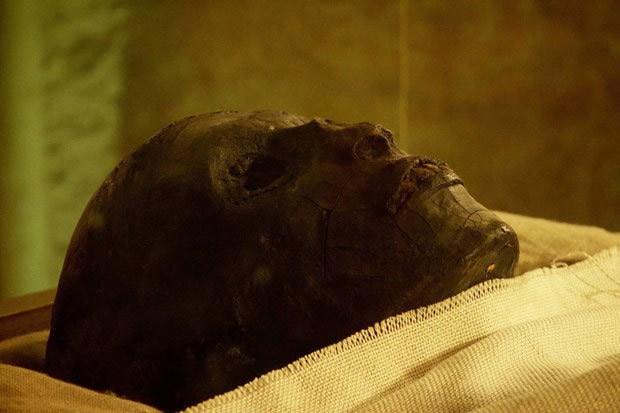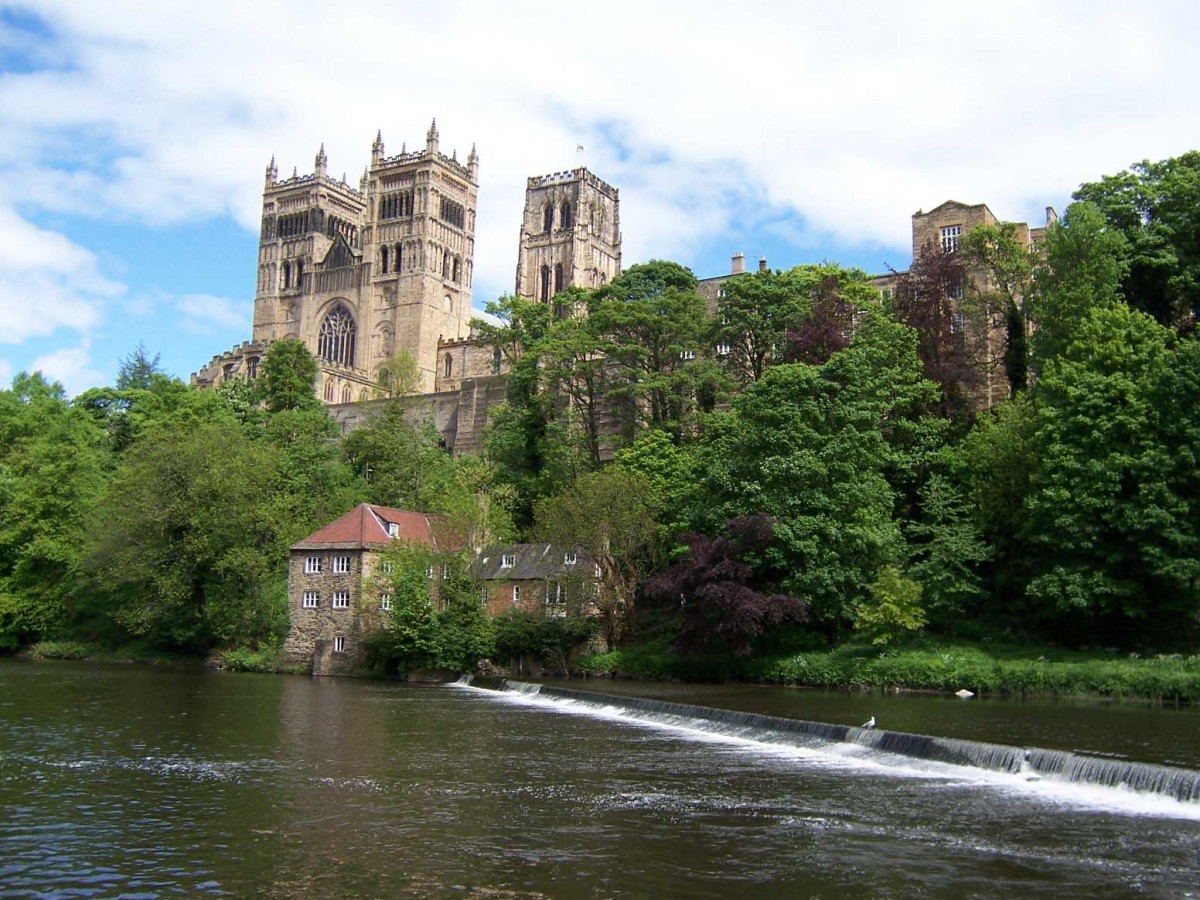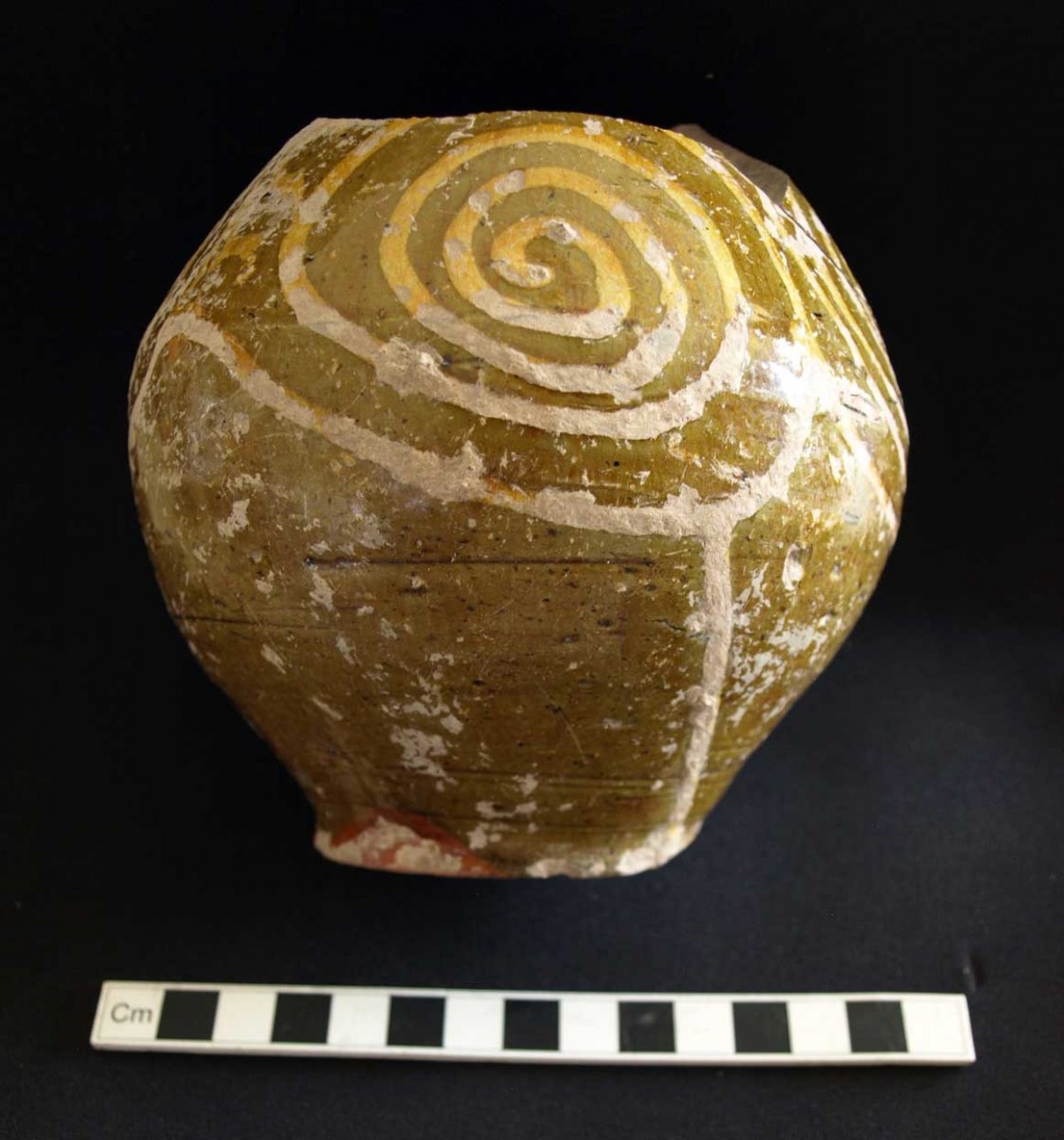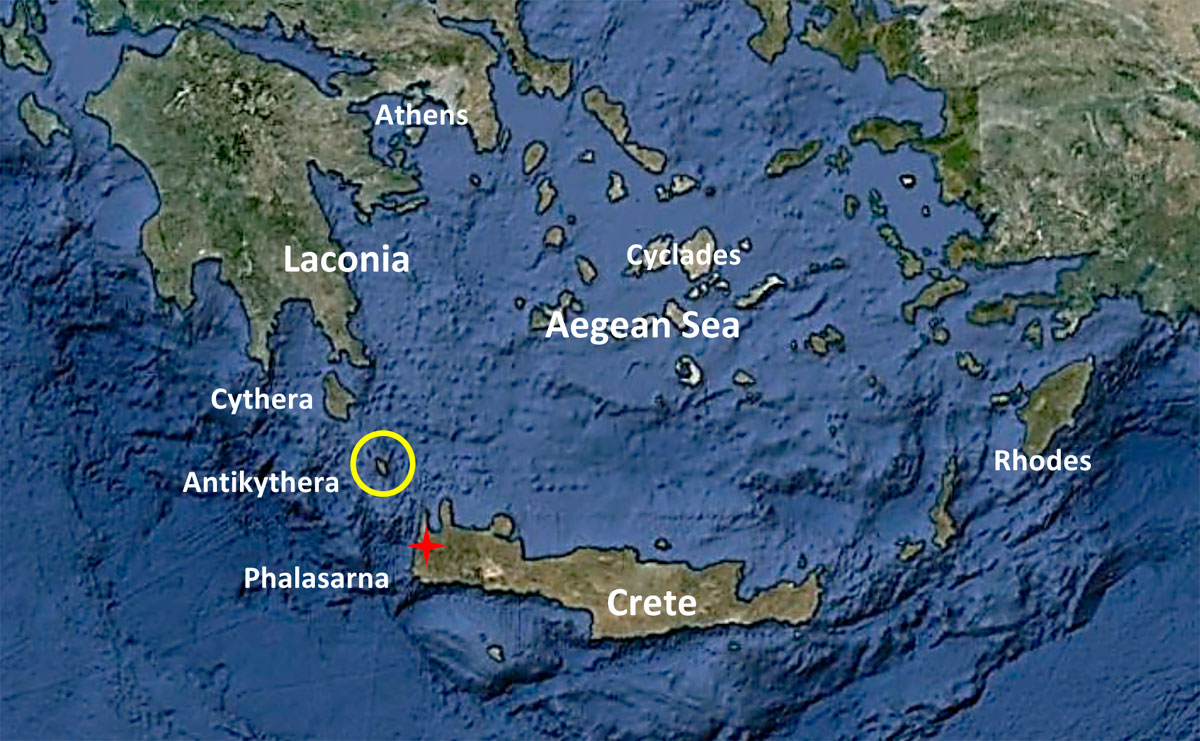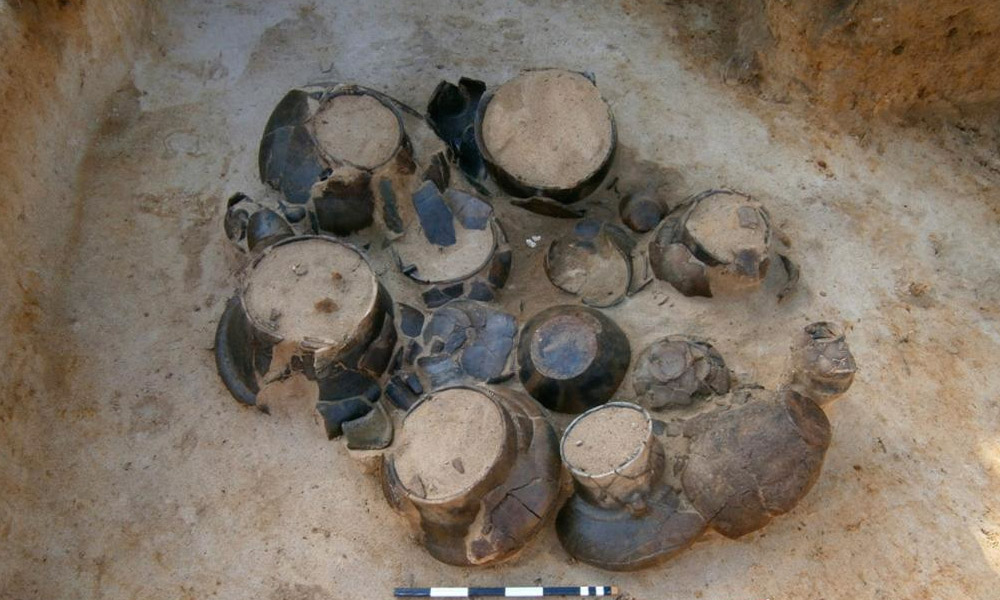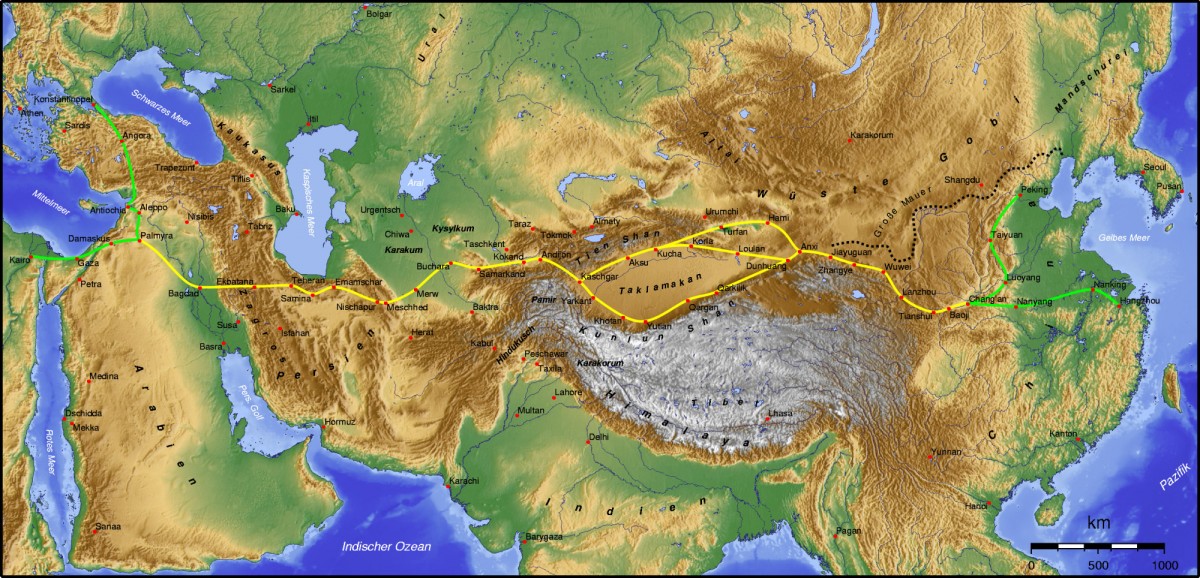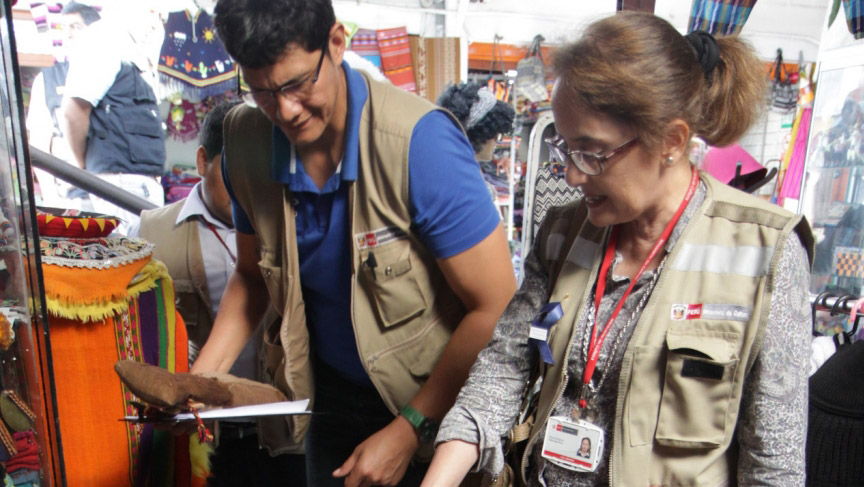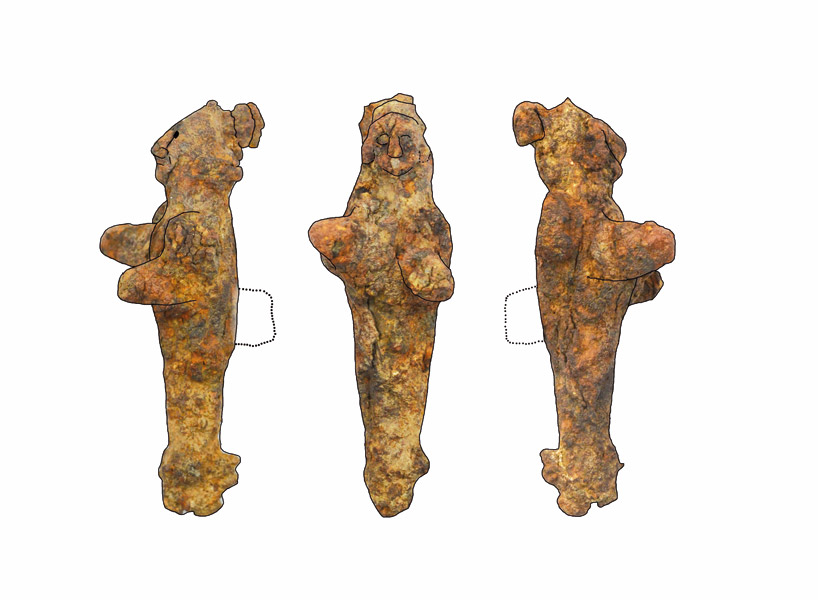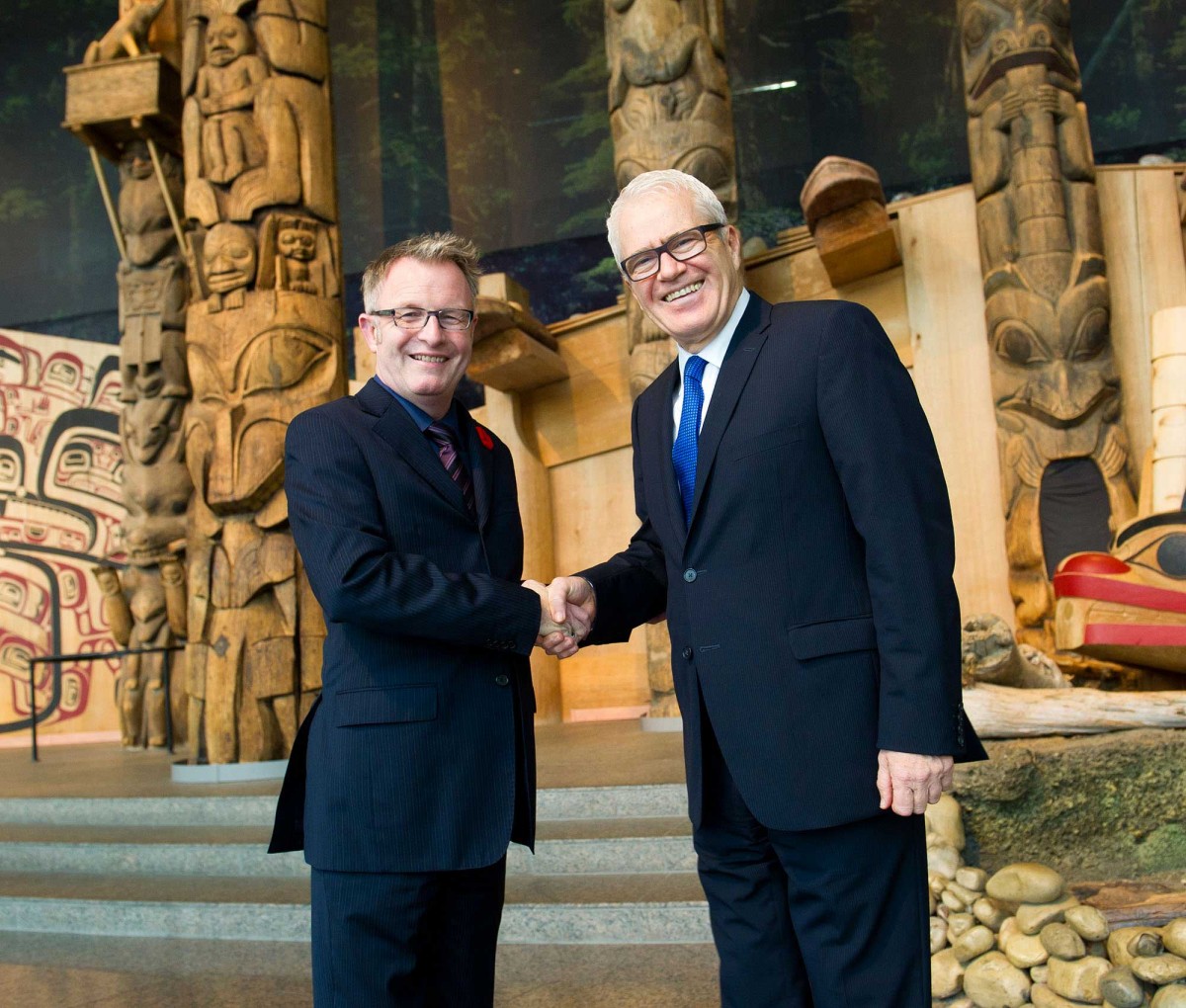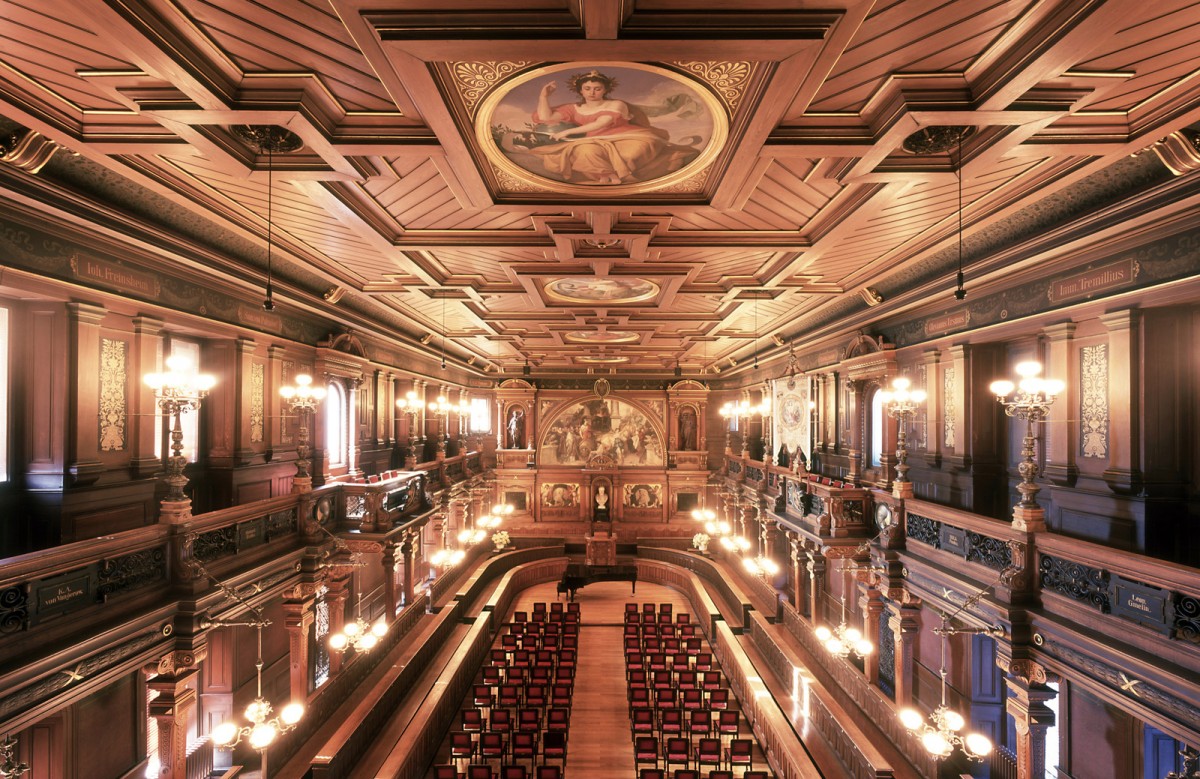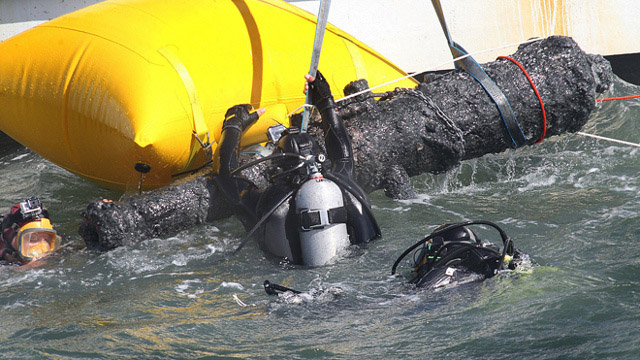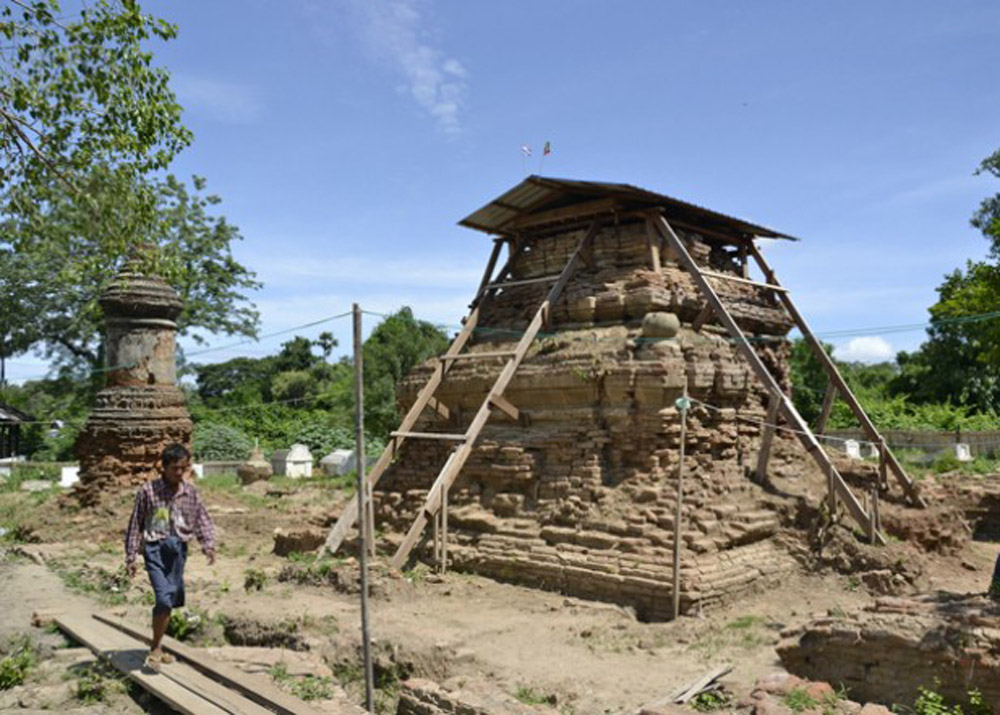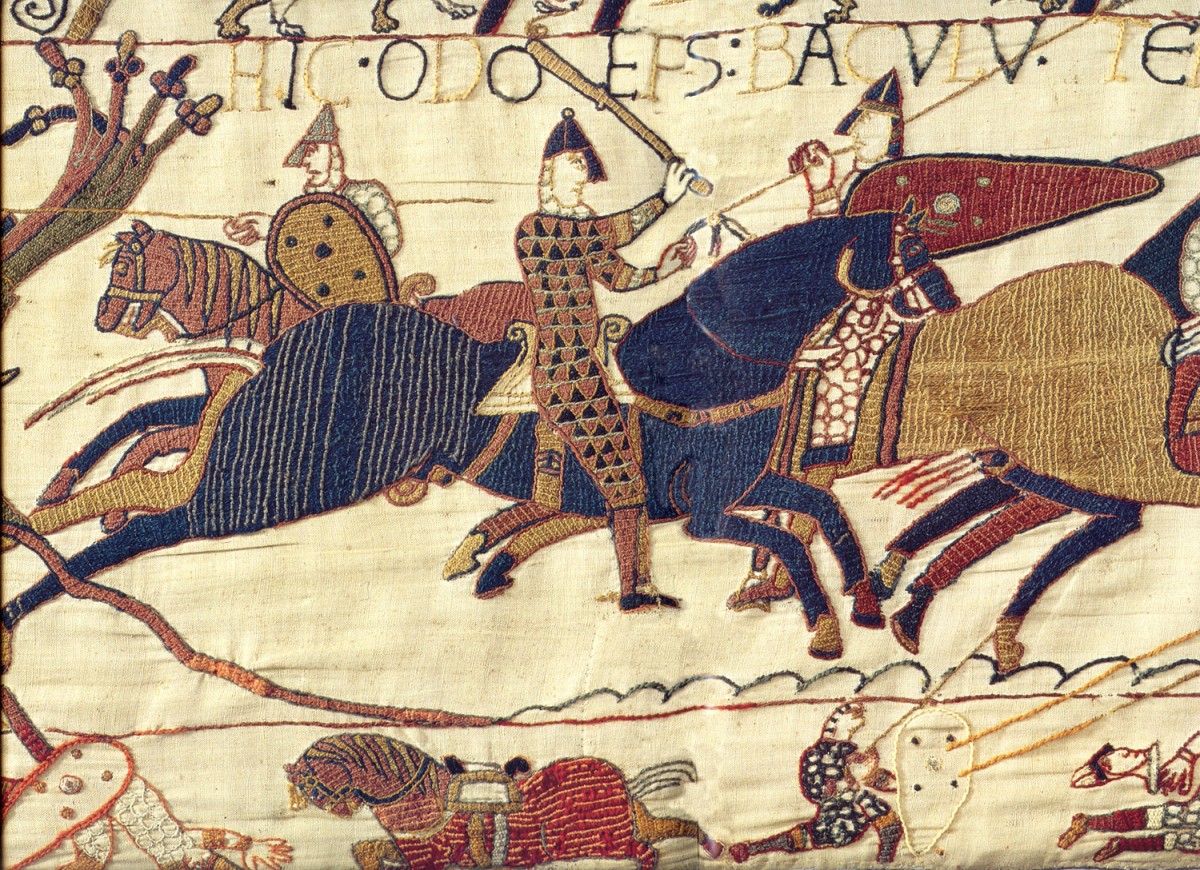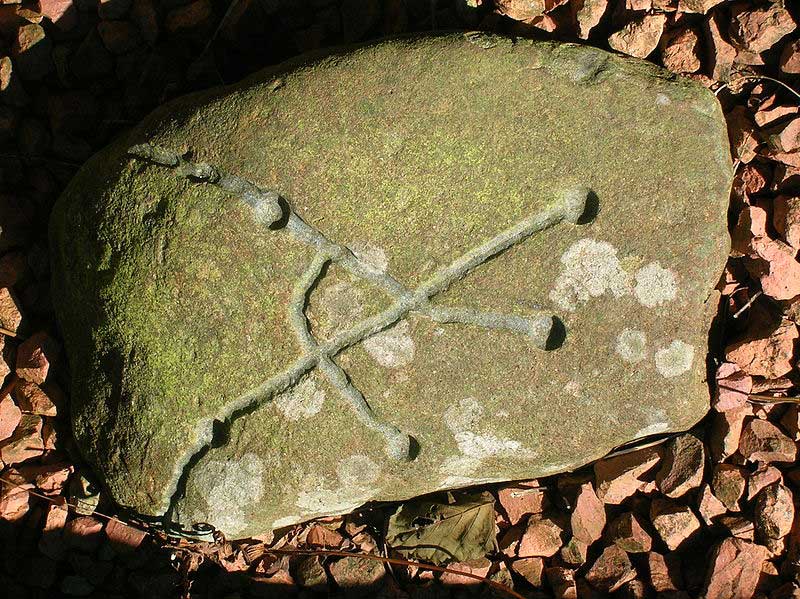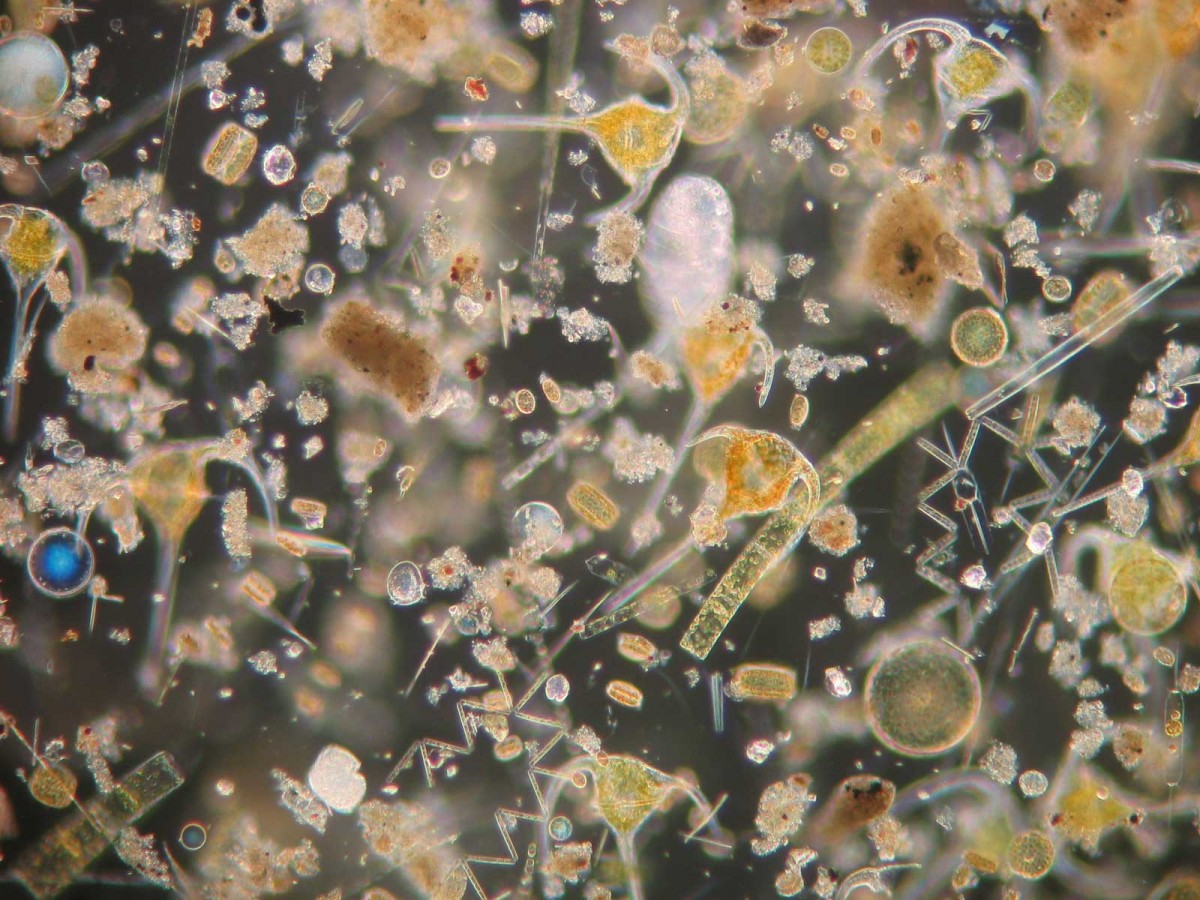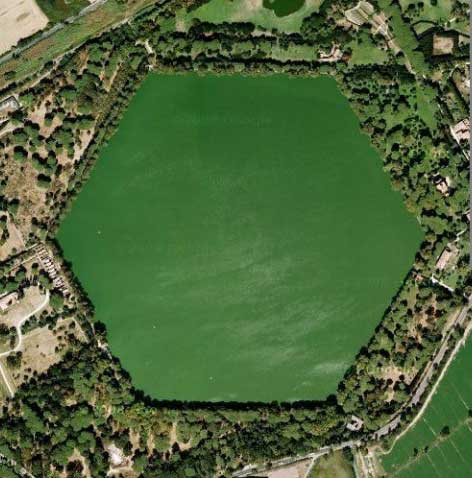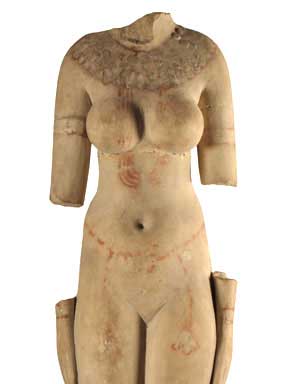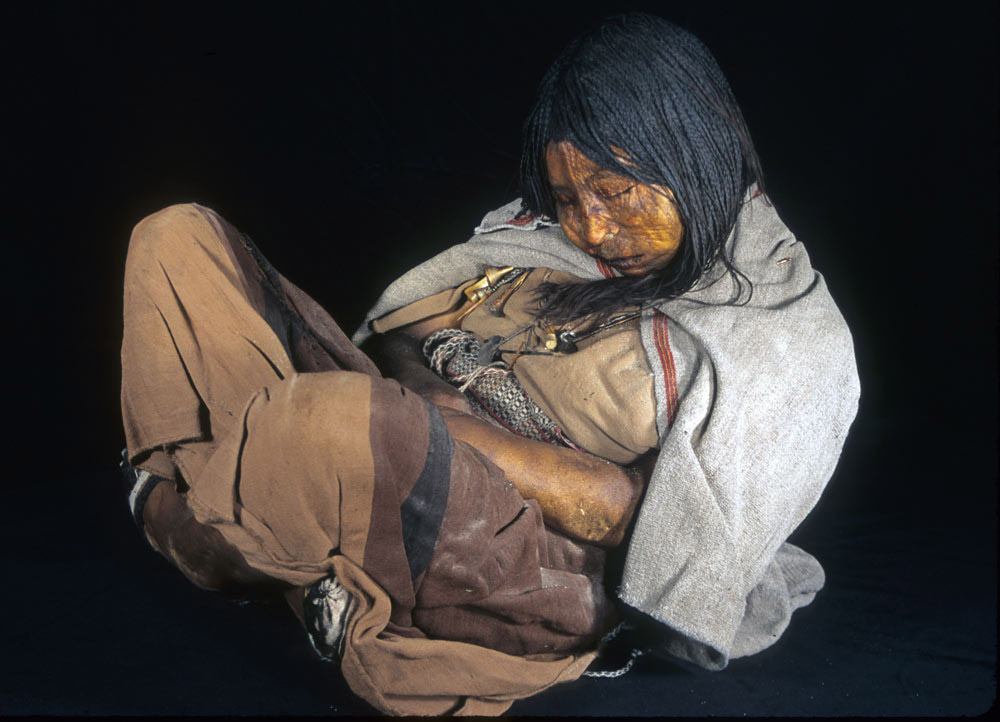Penn-Leiden Colloquia on Ancient Values VIII: Landscapes of Value
The topic of the eighth colloquium, to be held at the University of Leiden, the Netherlands, June 19-21, 2014, will be: Landscapes of Value.
The Viking Silk Road
The Norwegian Vikings maintained trade connections with Persia and the Byzantine Empire through a network of traders from a variety of places and cultures who brought the silk to the Nordic countries.
Education and libraries in the digital age
The 9th International Conference: Education and Libraries in the Digital Age will focus on the relationship between education and libraries.
Leaving a Mark on History in Sofia
Opening of the temporary exhibition “Leaving a Mark on History: Treasures from Greek Museums” on Thursday November 7, at the National Archaeological Museum, Sofia, Bulgaria.
Were the beheaded of Flakstad sacrificed slaves?
People buried in double and triple burials might have come from very different strata of society, and slaves could have been offered as grave gifts in these burials.
Chr. Karydis / E. Kouloumpi / A. Sakellariou (eds.), The science of preventive conservation
The book ‘Science of Preventive Conservation’ is coming to fulfill the Greek bibliographic gap in the science of conservation of antiquities and works of art.
Solved?
Whether a plausible scenario or just another piece of good media material, the new findings on why Tutankhamun's mummy looks burnt are to be shown on TV for the first time in UK's Channel 4.
Fellowships 2014-2015
Durham University has announced the following research fellowship opportunities for 2014-15.
The Prastio-Mesorotsos archaeological expedition
The 2013 University of Edinburgh archaeological investigations at the multi-period site of Prastio-Mesorotsos in the Paphos district have been completed.
Antikythera
This text presents the antiquities identified in the last few years of excavation on the island of Antikythera.
Lusatian Cemetery Studied near Wągrowiec
Community scientists refer to as the Lusatian culture lived in the basin of the Vistula and Oder rivers, as well in today’s Saxony, Brandenburg, northern Czech Republic and Lusatia.
1,500-year-old Byzantine gold coin unearthed at Chinese tomb
Minted during 491–518 AD, the gold coin was likely used as an amulet or an ornament, rather than as an accepted currency in China.
Protecting Peru’s Ancient Sites
Now in her 50s, Peruvian Ministry of Culture historian Blanca Alva, who is also deaf-mute, has been successfully in charge of protecting ancient sites from tresspassing, sometimes under difficult and dangerous conditions.
Hurrian artifacts in Istanbul break new ground
The traces from the Hurrian civilization, connected somehow with the later Hittites, were found in the Küçükçekmece river basin in the western parts of the city.
500 treasures of Greek antiquity travel to Canada
Over 500 treasures of Greek antiquity will be showcased at the Canadian Museum of Civilization beginning in June 2015 as the Museum presents The Greeks – From Agamemnon to Alexander the Great.
“Archaeological Information Systems” and “Digital Cultural heritage”
To apply, send curriculum vitae, academic transcripts, an outline of a dissertation project related to the research group, names and contact details of two referees, and one written sample via email to Dr. Armin Volkmann
A Motherlode Raised from Blackbeard’s Pirate Ship
Blackbeard is known to have gathered a hodge-podge of cannons from different countries as he equipped his vessel with 40 guns. To date, 29 guns have been located at the shipwreck site near Beaufort.
Ancient Monastery Buried Beneath Thai King’s Tomb in Mandalay
Τhe foundations show the monastery building was about 18 meters wide, while the monastery compound was about five acres.
Designer of the Bayeux Tapestry identified
New research has identified the man who designed the Bayeux Tapestry, one of the most important artworks of the Middle Ages. Historian Howard B. Clarke believes that this was Scolland, the abbot of St.Augustine’s monastery in Canterbury, and that it was made around the year 1075.
British Rock Art Group
The School of History, Classics and Archaeology at Edinburgh University will host the 2014 annual conference of the British Rock Art Group, which will take place on Saturday 3rd May 2014.
Reading ancient climate from plankton shells
Climate changes from millions of years ago are recorded at daily rate in ancient sea shells, new research shows.
Archaeologists and historians to investigate network of Roman ports
The University of Southampton has been awarded €2.49 million (£2.1 million) by the European Research Council to study a large network of Roman ports stretching from Turkey in the east, to Spain in the west.
Naukratis: Greeks in Egypt
How did ancient Egypt shape the development of Greek culture? What was the impact of the encounter with Greece on Egypt? How did these completely different cultures interact?
Cleaning Up Ancient Human DNA
New method for purifying ancient human DNA samples will “substantially increase the number of samples amenable to whole genome sequencing”.
